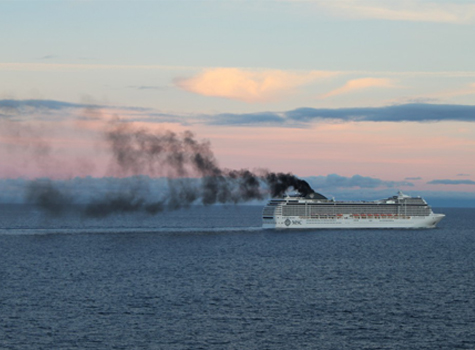




European Union has 1200 seaports and almost 22 coastal fellows, many of these ports are linked with many seaside towns and cities of EU. Shipping zone is the backbone of the EU economy and approximately 110,000 people are the permanent employee on the ports and almost three million people are earning indirectly from it.
Seaports are the major source for external trade in EU’s economy. Almost 90 percent EU’s external trade is handled by ports, as are the minor volume of trades between member states.
Two-thirds of goods are imported from non-EU countries. These products are imported by more than 60,000 cargo ships. Seaports are the entrance for import and export trade.
Over 3.8 billion tons cargo is moved on these ports in a year. According to the economic estimate, freight handled on the ports is set to increase up to 50 percent in 2030. These are key statistics which show the patent worth and potential of the shipping sector in EU.
EU’s seaports are opposing each other rather than working together. This competition among the seaports is destructive for EU economy.
Rotterdam, Antwerp and Hamburg are important sea ports of EU. These ports handle the one-fifth of the total cargo which comes into EU from non-EU states.
This in turn leads to increased overcrowding on roads, high cost for transport and more carbon dioxide discharges. In spite of container delivery being the most carbon effective source of conveying many things across the world, ships are the active and continual source of pollution.
EU legislation deals with environmental concerns in port areas and suggests healthy guidelines. A strong and intellectual agenda is required to face these challenges which can help the ports in co-ordination and co-operation to improve the EU economy.



